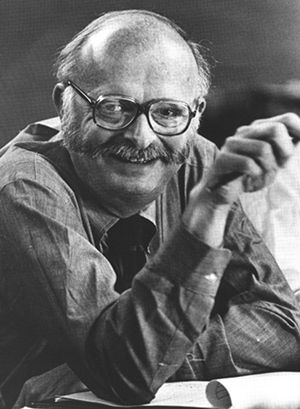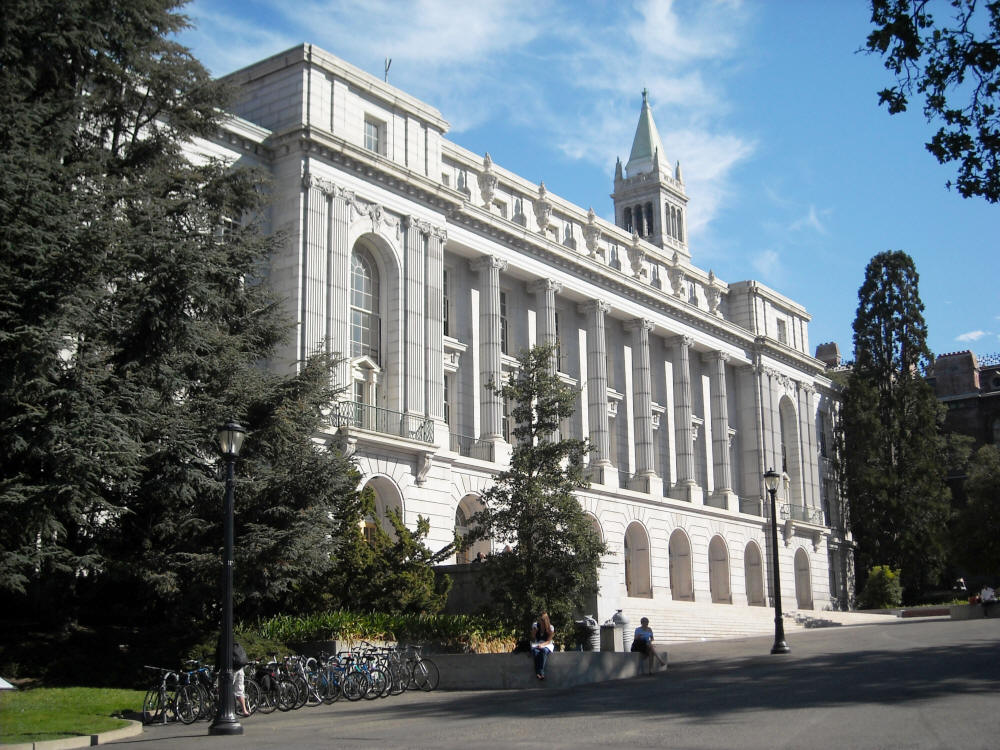

Queer Places:
55 Whitney Ave, New Haven, CT 06510
Bank of America, 700 Celebration Ave, Celebration, FL 34747
Beverly Hills Civic Center, 455 N Rexford Dr, Beverly Hills, CA 90210
California Center for the Arts, 340 N Escondido Blvd, Escondido, CA 92025
Charles Moore Foundation, 2102 Quarry Rd, Austin, TX 78703
Church Street South Housing Project, 109-149 Church St S, New Haven, CT 06519
Constitution Steam Fire Engine Co., No. 3, 336 Elm St, New Haven, CT 06511
Dwight Street Residential Home, 245 Dwight St, New Haven, CT 06511
Faculty Club, University of California, Santa Barbara, Ocean Rd, Santa Barbara, CA 93106
Gethsemane Cathedral, 3600 25th St S, Fargo, ND 58104
Hood Museum of Art, Dartmouth College (Ivy League), 10 N Main St, Hanover, NH 03755
Kresge College, University of California, Santa Cruz, 510 Porter-Kresge Rd, Santa Cruz, CA 95064
Leland Burns House, 230 Amalfi Dr, Santa Monica, CA 90402
Lovejoy Fountain, SW Harrison St & Southwest 3rd Avenue, Portland, OR 97214
National Dong Hwa University, Shoufeng Township, Hualien County, Taiwan 974
Piazza d'Italia, 377 Poydras St, New Orleans, LA 70130
Princeton University (Ivy League), 110 West College, Princeton, NJ 08544
Robert T. Wolfe Apartments, 49 Union Ave, New Haven, CT 06519
Sea Ranch, CA 95480
Tower One, 18 Tower Ln, New Haven, CT 06519
University of California, Berkeley, CA
University of California, Irvine, CA 92697
University of California, Los Angeles, Los Angeles, CA 90095
University of Michigan, Ann Arbor, MI
University of Texas at Austin, 116 Inner Campus Drive, Austin, TX 78712
Washington State History Museum, 1911 Pacific Ave, Tacoma, WA 98402
Yale University (Ivy League), 38 Hillhouse Ave, New Haven, CT 06520
 Charles
Willard Moore (October 31, 1925 – December 16, 1993) was an American
architect, educator, writer, Fellow of the American Institute of Architects,
and winner of the AIA Gold Medal in 1991.
Charles
Willard Moore (October 31, 1925 – December 16, 1993) was an American
architect, educator, writer, Fellow of the American Institute of Architects,
and winner of the AIA Gold Medal in 1991.
Moore graduated from the University of Michigan in 1947 and earned both a Master's and a Ph.D at Princeton University in 1957, where he studied under Professor Jean Labatut. He remained for an additional year as a post-doctoral fellow, serving as a teaching assistant for Louis Kahn, the Philadelphia architect who taught a design studio. It was also at Princeton that Moore developed relationships with his fellow students Donlyn Lyndon, William Turnbull, Jr., Richard Peters, and Hugh Hardy, remained lifelong friends and collaborators. During the Princeton years, Moore designed and built a house for his mother in Pebble Beach, California, and worked during the summers for architect Wallave Holm of neighboring Monterey. Moore's Master's Thesis explored ways to preserve and integrate Monterey's historic adobe dwellings into the fabric of the city. His Doctoral dissertation, "Water and Architecture", was a study of the importance of water in shaping the experience of place. The dissertation is significant for being the first work of architectural scholarship to draw from the work of Gaston Bachelard, and an early source for the architectural phenomenology movement.[1] Many decades later, the dissertation became the basis of a book with the same title.
In 1959, Moore left New Jersey and began teaching at the University of California, Berkeley. Moore went on to become Dean of the Yale School of Architecture from 1965 through 1970, directly after the tenure of Paul Rudolph. In 1975, he moved to the University of California, Los Angeles where he continued teaching. Finally, in 1985, he became the O'Neil Ford Centennial Professor of Architecture at the University of Texas at Austin.
.jpg)
Yale University, New Haven, CT
Moore's outgoing, absorptive, and engaging personality and his dedication to innovation, collaboration, debate, and direct experience was sharp contrast to Rudolph's authoritarian approach. With Kent Bloomer, Moore founded the Yale Building Project in 1967 as a way both to demonstrate social responsibility and demystify the construction process for first-year students. The project remains active at Yale.
.jpg)
Princeton University, NJ

University of California, Berkeley, CA
Moore opened a practice in New Haven, Connecticut and in the following years practiced under a confusing variety of professional configurations, partners, and names, including Moore, Lyndon, Turnbull, Whitaker, MLTW, Centerbrook Architects, Moore Ruble Yudell, Urban Innovations Group, Charles W. Moore Incorporated, and Moore/Andersson. The constant changes resulted, in part, from Moore's extensive worldwide travel and his moves to California and then to Austin, Texas.
Moore preferred conspicuous design features, including loud color combinations, supergraphics, stylistic collisions, the re-use of esoteric historical-design solutions, and the use of non-traditional materials such as plastic, (aluminized) PET film, platinum tiles, and neon signs, As a result, his work provokes arousal, demands attention, and sometimes tips over into kitsch. His mid-1960s New Haven residence, published in Playboy, featured an open, freestanding shower in the middle of the room, its water nozzled through a giant sunflower. Such design features (historical detail, ornament, fictional treatments, ironic significations) made Moore one of the chief innovators of postmodern architecture, along with Robert Venturi and Michael Graves, among others. Moore's Piazza d'Italia (1978), an urban public plaza in New Orleans, made prolific use of his exuberant design vocabulary and is frequently cited as the archetypal postmodern project.
Piazza Italia
My published books: